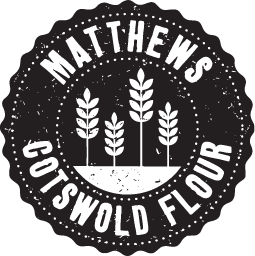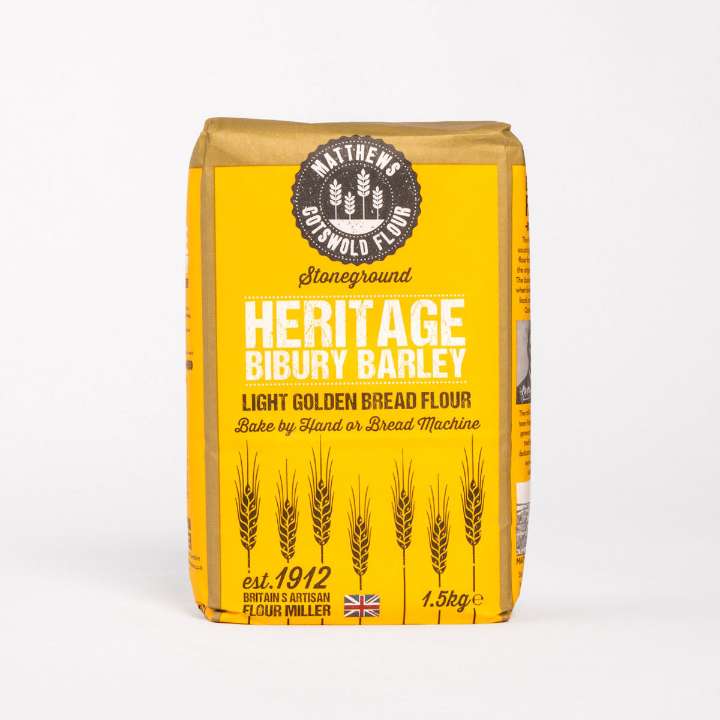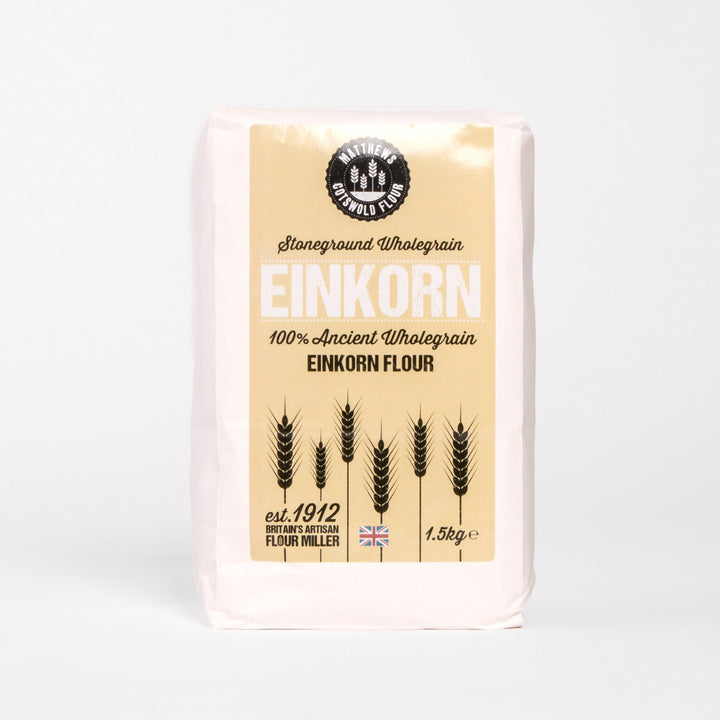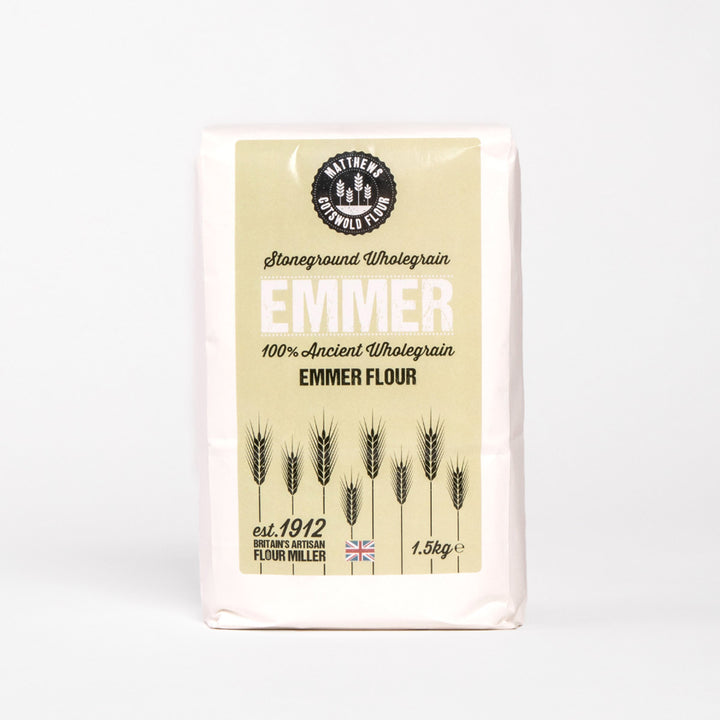Ounces to Grams in Baking: Imperial to Metric Conversion Table
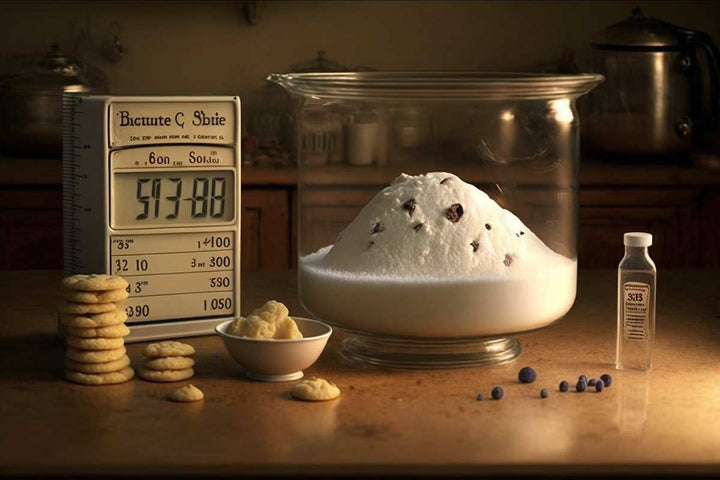
We prepared an easy conversion table for translating US imperial weights (lbs and oz) into European metric kilograms and grams. But first how do we calculate oz to grams conversions.

How many grams are there in an oz?
There are 28.35 grams in 1 oz. It can be very useful to know how many grams there are in an ounce (oz) if you wish to translate an American recipe into UK or other metric standards.
The kitchen maths
So to find a measurement in grams from ounces you can simply multiply by 28.35, e.g. 4 oz x 28.35 = 113 grams. This also works the other way around by dividing to convert back to ounces (113 grams / 28.35 = 4 oz).
If you don’t want to do the maths, we’ve saved you the job with our handy ounces to grams conversion table (below).
What is the imperial system?
America is one of only three countries in the world which use an imperial measuring system - the other two being Liberia and Myanmar. The name for the type of Imperial system America uses is called the US Customary System, and is based on the ‘avoirdupois pound’.
The British imperial system and differences with US Customary System
It can be useful to remember that the two imperial measuring systems are not quite identical. For measuring dry ingredients, you can treat the two systems the same, but differences occur when it comes to fluid oz because these are not the same between British and American imperial systems.
When comparing imperial measurements with metric (below), since they are dry ingredients, the imperial measurement is the same wherever the recipe came from.
See our page Cups to grams: helpful baking measurements and conversions tables (US to UK) for a further discussion on this.
Ounces to grams conversion table for baking measurements
Since when baking precise measurements of ingredients is important, it is useful to have fairly exact translations of US imperial to metric or ounces to grams, and when baking in larger quantities, pounds to kilograms.
To convert oz into grams very simply see our handy imperial to metric conversion table below:
| Ounces | Grams |
| ½ oz | 14g |
| ¾ oz | 21g |
| 1 oz | 28g |
| 1½ oz | 42g |
| 2 oz | 57g |
| 2½ oz | 70g |
| 3 oz | 85g |
| 4 oz | 113g |
| 4½ oz | 127g |
| 5 oz | 142g |
| 6 oz | 170g |
| 7 oz | 198g |
| 8 oz | 227g |
| 9 oz | 255g |
| 10 oz | 283g |
| 12 oz | 340g |
| 1 lb | 454g |
| 1 lb 8 oz | 680g |
| 2 lb | 907g |
| 3 lb | 1.36kg |
What is 1 lb in grams?
1 pound (lb) is the same as 16 oz and in grams this translates to 454 grams.
Most recipes for baking an average sized cake will not go over 1 lb - with the exception of some fruit cakes where it can be common to see ‘a pound of dried fruit.’
Is it better to use grams or ounces when baking?
It doesn’t matter too much whether you decide to use American pounds and ounces or the metric system; it is more important that you use the system you are familiar with and stick to the same method of weighing within the recipe.
What about cups to grams?
In US recipes you may see the measurement of ‘cups’ which is not a weight based system, but rather measures volume. See our page Cups to grams: helpful baking measurements and conversions tables (US to UK) for more information.
Most people who bake agree that volume can be less reliable than weight so if you want completely consistent results you might want to consider using a weight based system, either US imperial (lbs and oz) or metric (kilograms and grams). Having said that, many people cook quite happily using a cup measuring system as this is what they are comfortable using.
For new, untested recipes the precision you get from weighing your ingredients on a scale rather than using a cup can be more reassuring.
Getting an accurate measurement using a kitchen scale
Kitchen scales come in a variety of types; from old fashioned simple scales with a dial to much more sensitive digital scales that will allow you to measure even tiny weights (such as yeast or salt), or much larger weights for batch baking.
Your preference will come down to what kind of baking you intend to be doing.
Metric or imperial kitchen scale?
Choosing a scale that will give you both metric and imperial measurements is going to make your baking easier; allowing you to see at a glance correct accuracy compared with the recipe.
More conversion tables
We have other conversion tables that might come in handy in your kitchen:
- Cups to grams
- Yeast Conversion Table
- Ounce to Grams: Imperial to Metric Conversion Table
- Teaspoons and grams
- Oven Temperature Conversion
← Older Post Newer Post →
